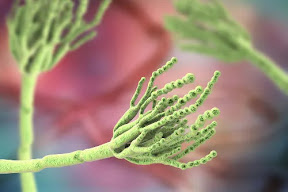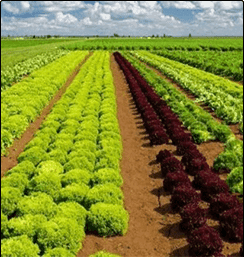Outstanding Six Tips for Preventing Fungal Diseases in Plant
Trends for getting into the business of horticulture are expanding. However, it is not a cakewalk for everyone as it demands hardcore expertise and knowledge of vegetable and fruit species. And the most important thing you cannot underestimate as a horticulturist or gardener is the bulkiness of plant diseases.
An abundant number of plant diseases you read or heard about in various journals and scientific papers However, we should limit our focus to common, widespread, and epidemic diseases.
Fungi hold a crucial percentage in their contribution to plant diseases. According to the data, 85% of plant ailments come from fungus infections. That may be a black spot, other leaf spots, powdery mildew, Downey mildew, blight, or canker.
It is best to continue our journey of preventing such fungal diseases by taking proactive steps against them. Sit on a short roller coaster and see what points you should require for awareness.
Keep Your Garden or Farmland Consistently Clean
Adhere to the standard sanitation practices recommended by authoritative organizations. And keep the focus on always receiving regular updates regarding changes in rules, policies, trends, and technologies to maintain cleanliness in your garden.
Stays are mechanized by employing a hand pruner and a pair of gardening shears to gather unwanted debris and prune dead or unhealthy foliage.
When disposing of collected garbage through incineration, exercise caution. Do not toss it in a compost pile since it becomes a propagation ground for harmful plant diseases. Fire is effective at burning out fungi, bacteria, and viruses completely.
Do Not Over Indulge in the Habit of Enormous Fertilizing and Fungicide
Inserting more than a standard measure of fertilizer leads to disaster for your lawn. It is because bio fertilizers become food for pests and insects.
A large amount of bio-fungicide results in the death of beneficial fungi and bacteria along with harmful ones. You should maintain the required flow of both bio-fungicides and bio-fertilizers.Stick Your Close Eye Contact on the Soil Temperature
The cooler your ground soil, the less water you bring in. The more moisture you should pour into the soil, the drier you grind it.
The concept is clear: in a dry season, you ought to pour more water. In the winter, add less water to maintain the main humidity and moisture level.Opening a Complete Ventilated in Your Farm
Pests and pathogens breed in their moist and wet habitat. There is no chance of propagation and germination of their hatchlings if there is a complete flow of sunlight and air.
To prevent pathogens and bacteria from breeding, ensure your garden has plenty of sunlight and air exposure.
Evaluate Any Spread on Your Lawn
While watering your plant in the field, keep an eye on its condition. You have to evaluate its stems, leaves, and root system carefully.
You immediately notice wilting, fungal infection, yellowing, and other signs of disordered foliage. Now you have two steps: either remove it from your ground or treat it with a fungicide like Paecilomyces lilacinus.


Comments
Post a Comment